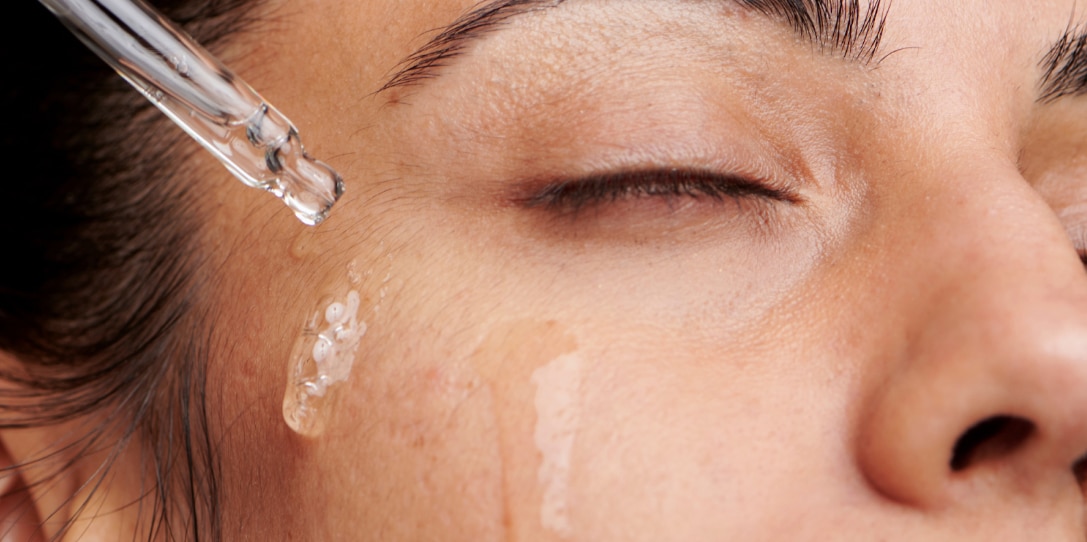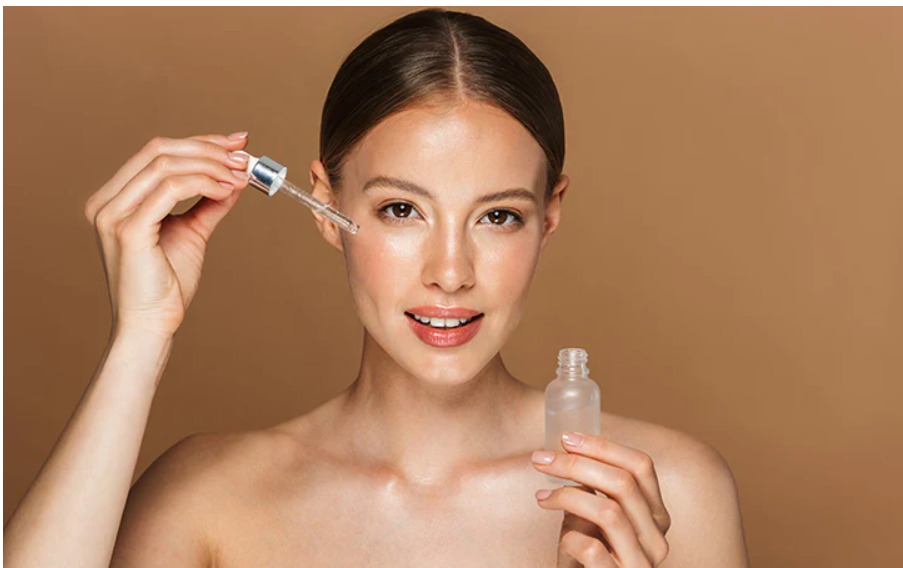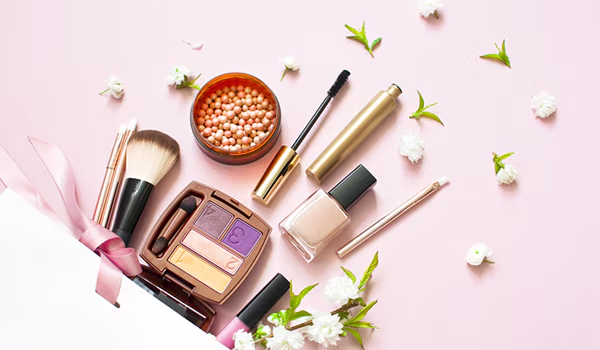Facial serums have become more and more integrated into skincare routines, each containing a concentrated amount of ingredients for several skin issues. Whether you’re new to using serums or simply want to fine-tune your skincare routine, this will help you understand what serums are, how to choose the right one, and how to use them effectively.
What is a facial serum?
Basically, a facial serum is a light, fluid solution that is highly concentrated in active ingredients. Serums, compared to moisturizers, feed your skin potent ingredients directly, unlike the former, which provides hydration. They are meant for things like aging, spots, dullness, and whatnot.
Generally, serums are formulated to contain a higher concentration of active ingredients in comparison to other products. These may include vitamins, antioxidants, and peptides that get deep into the layers of the skin to care for a variety of problems more efficiently.
Why use a facial serum?

Using a facial serum is going to change things around in your skincare routine. Here’s why they prove highly effective:
High Potency: Serums are formulated with an extremely high concentration of active ingredients, making them highly efficient in addressing specific skin concerns. Being light in texture, they will easily go deeper into the skin than thicker products like creams or oils. Customizable: There are so many serums available that you will be able to pick one that best defines your skin’s needs, which could be anti-aging, hydration, or brightening.
Choosing the Right Facial Serum

Know your skin type and problems, and choose the serum accordingly. The breakdown below will help you make a better decision:
1. Identify your skin type
Oily Skin: Oil-free serums with salicylic acid or niacinamide will keep oil production in check.
Dry Skin: Hydrating serums with ingredients such as hyaluronic acid may draw moisture into the skin and keep it plump.
Sensitive Skin: Go for serums containing soothing ingredients like chamomile or aloe vera to help prevent irritation.
Combination Skin: Find a balanced serum that can treat both the oily and dry areas of your skin without exacerbating either one.
2. Address particular skin problems
Anti-aging: Begin with serums that include retinol, peptides, or vitamin C because they have been proven to work well in smoothing out fine lines and wrinkles.
Hyperpigmentation: Look for serums that contain vitamin C, alpha-arbutin, or niacinamide to help in the fading of dark spots and the evening out of skin tone. Acne: Serums containing salicylic acid or benzoyl peroxide may help in treating and preventing breakouts. Dullness: Serums containing exfoliating acids such as glycolic acid or lactic acid are great for brightening and rejuvenating skin tone.
How to Use Facial Serums?

Application of serums requires a proper method to bring out the best in them. Here’s an easy guide on how to use a serum in your skincare routine:
1. Clean your face
Start off with a clean face. Cleanse with a mild cleanser, rinsing off dirt, oil, or makeup. Pat your face dry with a clean towel.
2. Apply toner (optional)
If you use a toner, apply it before applying the serum. Toners will help equalize the balance of your skin’s pH level and prepare your skin to accept the serum more easily.
3. Applying the serum
Amount: Typically, it is a few drops. Too much serum can be too much for your skin to handle.
Application: You can either stab the serum or pat it lightly into your skin, but never rub it in, since this may cause friction. Apply it mainly to areas of concern.
4. Apply moisturizer.
Finally, seal it off with a moisturizer that will lock in that serum, ensuring lasting hydration for your skin. It is how good moisturizers create a barrier against water loss.
5. Apply sunscreen
If you’re using serums with active ingredients like vitamin C or retinol, then apply sunscreen in the mornings. It makes sure that your skin doesn’t suffer from UV damage and further problems.
Tips to Enhance the Benefits of Serums
Consistency is key. Apply your serum diligently, as directed, for the best results. Missing days will definitely slow down progress.
Store Properly: Keep your serums in a cool, dark place to prevent degradation of the active ingredients.
Patch Test: Always do a patch test before using any new serum to check for its adverse reaction.
Never overdo: More is not always good. Too many products or too much serum may turn out to irritate your skin.
Final Thoughts
Facial serums can be added to your skincare routine for the purpose of delivering potent, concentrated solutions to a number of issues with the skin. Knowing and understanding your skin type and using the correct serum will go a long way toward ensuring the best health and appearance of the skin. Apply the serums appropriately and maintain a regular application for the best results. With the right approach, serums will help to achieve radiant and healthier skin.



